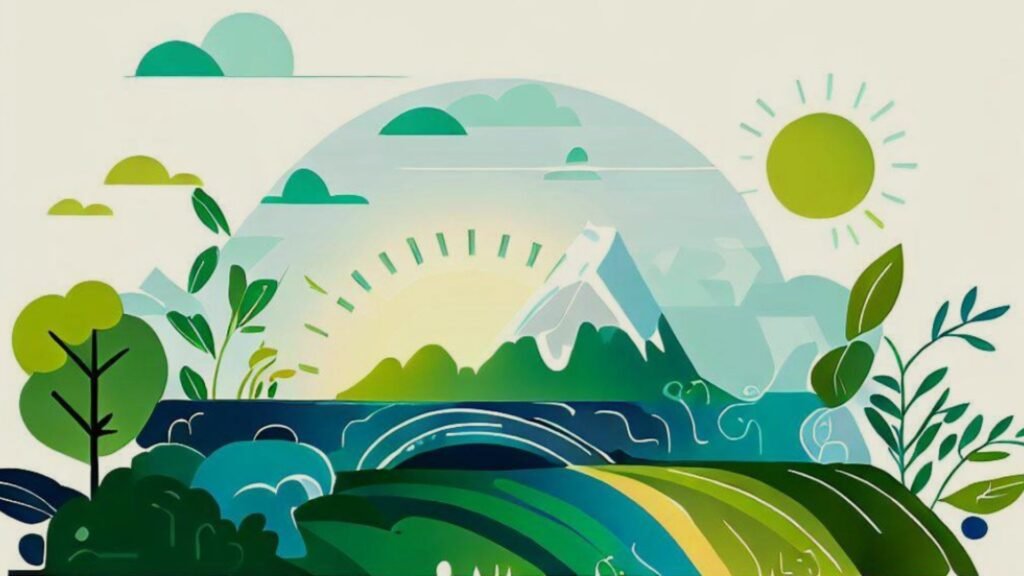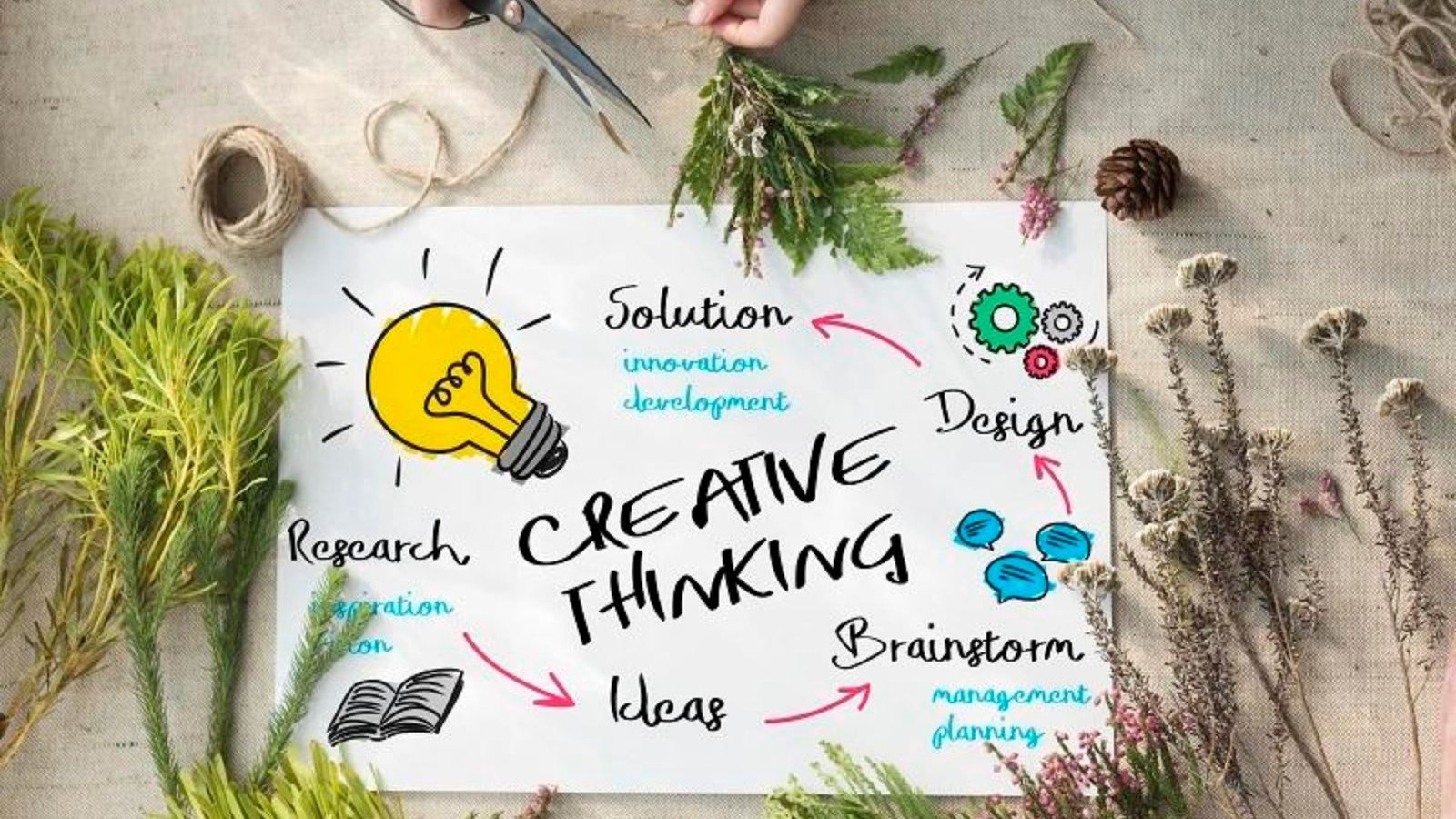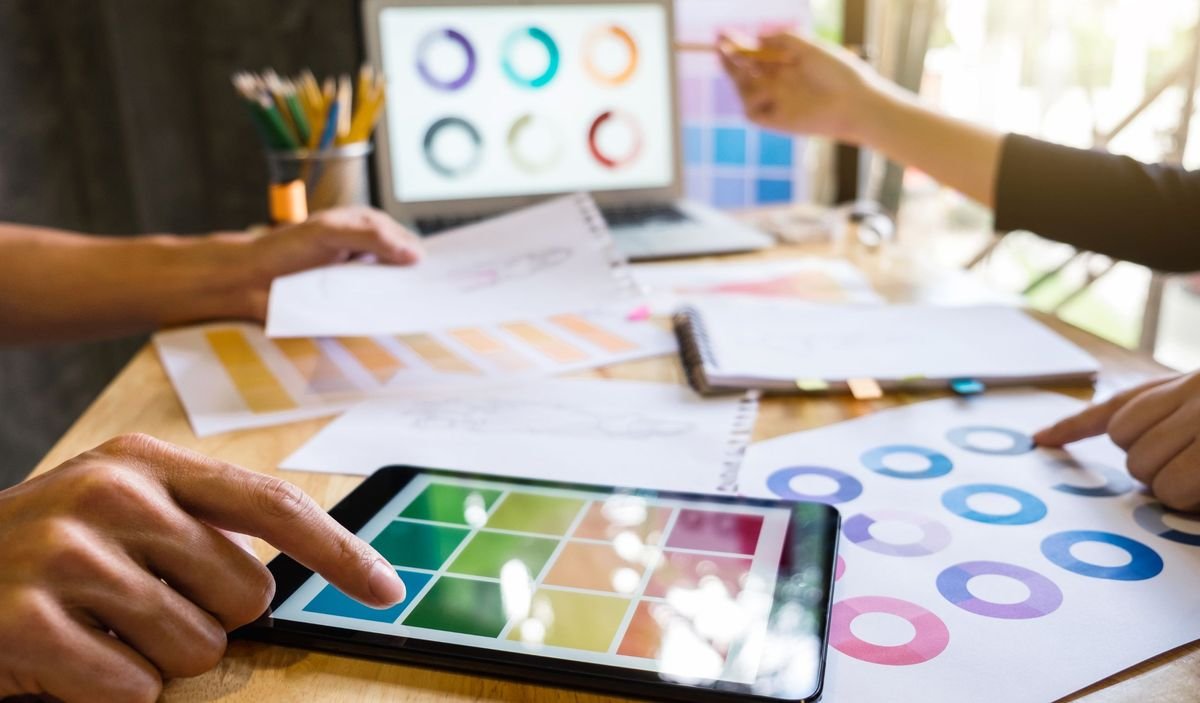Sustainability is becoming increasingly important in all fields, including visual design. As awareness of environmental issues grows, designers are seeking ways to make their projects more eco-friendly. This blog post explores sustainable practices in visual design projects, highlighting how designers can reduce their environmental impact while maintaining creativity and effectiveness.

What is Sustainable Visual Design?
Firstly, sustainable visual design involves creating designs that are mindful of their environmental impact. It includes using eco-friendly materials, minimizing waste, and implementing energy-efficient practices. Sustainable design aims to reduce the negative effects on the environment and promote long-term sustainability. By incorporating these practices, designers contribute to a greener future while still delivering high-quality and effective visual solutions.
Eco-Friendly Materials and Resources
One of the primary ways to implement sustainability in visual design is by using eco-friendly materials and resources. For example, designers can choose recycled or upcycled materials for physical projects, such as packaging or print materials. Using sustainable paper made from recycled content or alternative fibers reduces the demand for virgin resources. Additionally, designers can select low-impact inks and non-toxic adhesives to minimize environmental harm. For digital projects, opting for energy-efficient hosting services and green data centers helps reduce the carbon footprint associated with online content.
Reducing Waste in Design Projects
Moreover, reducing waste is a key aspect of sustainable visual design. Designers can achieve this by implementing practices such as minimalist design and efficient use of resources. For print design, this means optimizing layouts to minimize paper waste and avoiding excessive production runs. In digital design, it involves streamlining file sizes and optimizing assets to reduce data usage and storage needs. Additionally, designing for reuse and recycling materials when possible helps to minimize the overall impact of design projects.
Energy-Efficient Design Practices
Energy efficiency is another important factor in sustainable visual design. Designers can incorporate energy-efficient practices by optimizing digital designs to ensure they load quickly and use minimal energy. For example, reducing the size of images and using efficient coding practices can lower the energy consumption of websites and applications. Additionally, designers can consider using renewable energy sources for any production processes that require power, such as printing or manufacturing. By focusing on energy efficiency, designers can help reduce the overall environmental impact of their projects.
Sustainable Design Choices and Considerations
In addition to material and energy considerations, sustainable design choices involve thoughtful decision-making throughout the design process. Choosing local suppliers and supporting ethical production practices can reduce the environmental impact associated with transportation and manufacturing. Designers should also consider the lifecycle of their designs, aiming to create work that is durable and timeless rather than trendy and short-lived. This approach not only benefits the environment but also adds value to the design by ensuring it remains relevant and useful over time.
The Role of Innovation in Sustainable Design
Innovation plays a crucial role in advancing sustainable practices in visual design. New technologies and materials continually emerge, offering more sustainable options for designers. For example, advancements in biodegradable materials and digital printing technologies contribute to more eco-friendly design solutions. Designers should stay informed about these innovations and explore how they can be incorporated into their projects. Embracing innovation helps drive progress in sustainable design and encourages the adoption of new, environmentally friendly practices.
The Future of Sustainable Visual Design
Looking to the future, sustainable visual design will likely become even more integral to the design process. As environmental concerns continue to grow, designers will need to prioritize sustainability and seek out new solutions to reduce their impact. This includes adopting circular design principles that focus on designing for end-of-life recycling and reuse. Additionally, collaborating with clients and stakeholders to promote sustainable practices and raise awareness about environmental issues will become increasingly important.
Conclusion
In conclusion, sustainable practices in visual design projects are essential for reducing environmental impact and promoting a greener future. By using eco-friendly materials, reducing waste, and implementing energy-efficient practices, designers can create impactful and environmentally responsible work. Staying informed about new innovations and considering the long-term impact of design choices will help drive progress in sustainable visual design. As the field continues to evolve, prioritizing sustainability will be key to achieving both creative and environmental goals.




